Oil price posts two-year highs - but how long can it last?
Brent rose above $59 a barrel this week, its best third-quarter showing since 2004
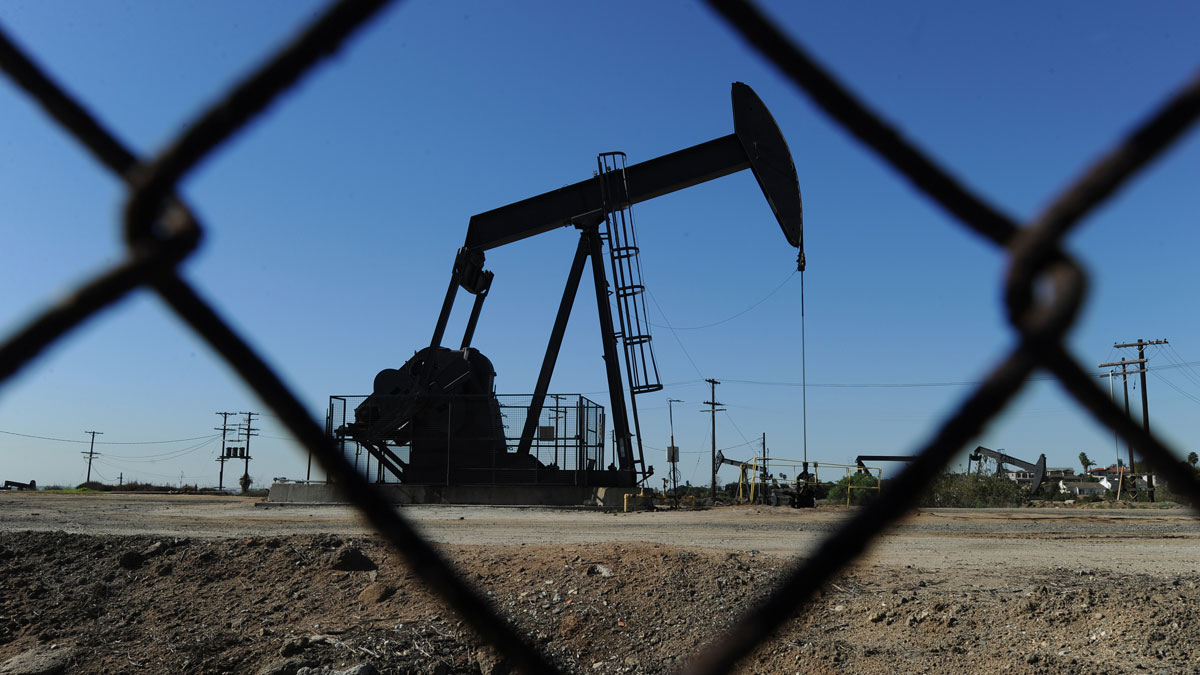
Why the oil price rally could be 'self-defeating'
14 March
A prolonged rally in the oil price that has seen the international benchmark hover around $40 a barrel for the past week could ultimately end up being "self-defeating", according to some analysts.
Having fallen to as low as $27 in early February, Brent crude surged by more than 50 per cent to $41 on several occasions last week. This came on the back of a tentative deal to freeze production at January levels that has the support of Saudi Arabia and Russia and which investors hope is the first step to more far-reaching action to re-balance a heavily oversupplied market.
The Week
Escape your echo chamber. Get the facts behind the news, plus analysis from multiple perspectives.

Sign up for The Week's Free Newsletters
From our morning news briefing to a weekly Good News Newsletter, get the best of The Week delivered directly to your inbox.
From our morning news briefing to a weekly Good News Newsletter, get the best of The Week delivered directly to your inbox.
Critically, though, Iran has not signed up to the proposals and is committed to ramping up shipments to levels that prevailed before it was barred from international export markets. This could yet derail the agreement altogether – and in any case, a production freeze only entrenches a supply excess currently running at around two million barrels a day.
Emphasising this concern were new figures, reported by Reuters, showing that Saudi Arabia's production remained near its record monthly high of 10.2 million barrels last month.
The problem, experts argue, is that if prices rise strongly, they could encourage the likes of US shale producers to come back to the market. If the underlying oil glut has not been dealt with, this could actually serve to exacerbate the issue in the longer term and send prices spiralling lower again.
"My concern is if the market surges right back to $50 a barrel… we just end up with another problem six months from now," Jeffrey Currie, the head of commodities research at Goldman Sachs, told the Wall Street Journal.
A free daily email with the biggest news stories of the day – and the best features from TheWeek.com
"You’d be taking a lot of risk entering this market early," he added, because a rally could be "self-defeating".
"We have moved too much on too little data," agreed George Zivic, the portfolio manager of the £174m Oppenheimer Commodity Strategy Total Return Fund.
This might not be a reality that has to be faced for a time yet, Morgan Stanley predicts. It reckons prices will not breach $45 a barrel – at which much production remains loss-making – for the remainder of this year, as traders hedge their positions in the face of record oil reserves.
It also warned that this could be negative for wider economic prospects. "When oil prices are falling below production costs, the income gains for consumers will be smaller than the costs to producers, and falling oil prices become a negative-sum game," said the bank.
Oil price: 'light at the end of a tunnel', says watchdog
11 March
"There may be light at the end of what has been a long, dark tunnel" for oil, says the International Energy Agency (IEA).
In its latest monthly market update, the global watchdog speculates prices may indeed have bottomed when international benchmark Brent crude fell to $27 a barrel early last month.
Since then, there have been signs of a natural attrition on supply and, crucially, a deal to freeze production at January levels, which could eventually rebalance a heavily oversupplied market.
It pointed to outages in Iraq, Nigeria and the United Arab Emirates that took 350,000 barrels a day off the market in February alone, reports the Financial Times. Iranian production post-sanctions is also rising more gradually than expected, adding 220,000 barrels last month compared to claims it would boost output by 500,000 immediately.
Overall, global supplies eased 180,000 barrels last month – and exports from high-cost exploration areas such as the US and South America could fall more sharply than expected this year. But the IEA also noted that stockpiles are at record levels and that it would take the remainder of this year for supply and demand, currently out of kilter to the tune of two million barrels a day, to reach equilibrium.
In short, prices will be more stable at current levels around $40 a barrel and will not plough depths of $20 or below as some analysts once predicted. But neither will they rise substantially until next year.
In all of this, the tentative deal to freezes production at January levels, which has the support of Saudi Arabia and Russia but not yet Iran, is seen as critically important. Torbjorn Kjus, an analyst with Broker DNB Markets, said much the same to an energy industry conference in Oslo, Reuters adds, saying if the deal fails, it could wipe $10 off the current oil price.
Prices carried on their recent trend of hitting a ceiling close to $41 before falling away a little yesterday, this time on concerns over the supply agreement, Fox Business notes, as Iran again reiterated it would only join if it can first reset production at pre-sanction levels.
Prices did eventually bounce back and Brent crude was this morning at a little more than $40.50.
Oil price stuck around $40 on conflicting messages
10 March
The oil price has stabilised after a month-long rally, as conflicting analysis of the market puts a ceiling on further gains.
International benchmark Brent crude hit $41 a barrel for the third consecutive day this morning, but it has consistently failed to hold at that. Having risen to a three-month peak of $41.07 last night on data showing rising demand in the US, oversupply fears resurfaced and the price fell back to around $40.50.
US watchdog the Energy Information Administration said on Wednesday that demand for oil-derivative products surged to 20 million barrels a day last week, offsetting concern over an apparent waning of demand in China and eating modestly into huge stockpiles. But crude oil reserves in the country, already at record levels, still rose overall.
An expected rise in the dollar today, ahead of more central bank stimulus in Europe, could also hit overseas sales.
Driving the market over and above these factors is the rumour mill on a tentative deal to freeze production at January levels, which some say is the first step to a more radical rebalancing but others argue is useless to tackle oversupply running at nearly two million barrels a day. Critics also assert Iran will not join and that the deal will therefore fall apart.
Overall, the market is polarising between those who believe the price has bottomed and a more sustained rally is imminent and those predicting this is another false dawn and oil may yet plough a new trough.
"There's reason to be optimistic, albeit there's a lot of crude still in storage," Tim Pickering, the president of Auspice Capital Advisors, told the Wall Street Journal. "You can see the right factors that can bring the supply-and-demand equation back into line."
On the other hand, in a note reported by Reuters, French bank Societe Generale said that "recent price gains are somewhat tenuous because they've been driven by market sentiment, which can change quickly".
Some are even more vociferous. Bill Smith, the chief investment officer at Battery Park Capital, told CNBC the market will find "equilibrium" by the second quarter of this year and that the resulting price rally will "rip people's faces off".
But writing in the New York Post, John Crudele says the latest fall is actually a reflection of a long-term down trend for demand that will only intensify as climate change initiatives pick up pace. "So the fast-money folks on Wall Street have been latching on to whatever rumours they can - no matter how flimsy - to get the price of crude back up," he says.
Oil price: why experts are not convinced rally is sustainable
09 March
Brent crude has rallied more than 40 per cent from a low of $27 a barrel in the early part of February and was back above $40 this morning, but many experts are not convinced the upswing can be sustained.
Oil's prolonged slump, which is leaving some major oil powers nursing huge budget deficits and has rendered much global production loss-making, is due to the ongoing determination of the big exporters to pump at high levels to retain market share. It's recent rally is the result of a sentiment shift after a number of countries agreed to freeze output at January levels.
Yesterday, Brent fell sharply by close to three per cent from a high above $41 to $39.65 a barrel. This was caused in large part by statements from Opec member Kuwait that it will not join the deal unless other producers, including Iran, do so as well.
Some kind of accord with Iran is also thought to be critical to maintaining the support of its regional rival Saudi Arabia.
However, Iran has repeatedly said it will not hold supply at the level reached in January and it intends to add one million barrels a day to boost its economy following the lifting of international sanctions. The Times says the first tanker of Iranian oil was unloaded in Europe yesterday and that the republic had previously shipped 400,000 barrels a day to the continent.
This is the main concern for analysts, as well as the fact that even a supply freeze would only crystallise oversupply currently running at two million barrels a day. A big slump in exports in China, reported on Monday, is also seen as negative for demand, while US output has remained stubbornly above nine million barrels a day.
So, while prices appear to have set a solid bottom at that February nadir, several investment banks and brokers warn this could yet prove to be a false dawn in much the same way as the apparent floor of $45 last January and subsequent rally did not hold.
"I thought the $10 rally in oil prices was overextended at $5," Gene McGillian, a senior energy analyst at brokerage Tradition Energy, told the Wall Street Journal. "The fundamental picture throughout this rally has not been supportive of a turnaround."
"Energy needs lower prices... to finish the rebalancing process; otherwise, an oil price rally will prove self-defeating as it did last spring," added US investment bank Goldman Sachs.
Oil prices: Brent crude hits $41 a barrel - will rally hold?
08 March
Momentum built up behind the oil price rally on Monday, sending international benchmark Brent crude up more than five per cent to above $41 a barrel at one point in New York.
This 2016 high is about 50 per cent higher than the low for the year so far, when oil dropped to $27 on 11 February. The price has dipped a little to around $40.80 a barrel this morning, following Chinese officials reporting the country's weakest trade data for seven years overnight – China is seen as crucial to global demand.
Reuters cites a number of factors for the rally picking up speed, some of which were "technical" trading patterns as the price "breached multiple resistance levels" and other commodities rallied strongly. But the main driving force was continued optimism regarding an easing of the global supply glut.
Ecuador said yesterday that it will host a meeting with representatives from Venezuela, Colombia and Mexico "to reach consensus over oil, especially prices". The countries could be set to join the deal to freeze production at January levels, which already has the backing of Russia and Saudi Arabia.
Drilling is also falling in the US and the number of active rigs is at a 17-year low, with a government forecast on Monday suggesting overall output of currently 9.1 million barrels a day will fall 100,000 in April.
So, has the market finally hit a bottom that will mean this rally will hold – or will this prove to be another false dawn?
Doubters cite the continued refusal of Iran to sign up to the deal, which could scupper the contingent arrangement and prompt Saudi Arabia, its main regional rival, in particular to continue to accelerate pumping. Others think the freeze is inadequate in any case as production remains two million barrels a day in excess of demand.
"The big risk is that the meeting proves a disappointment and prices fall back sharply on any lack of further progress," Barclays analyst Kevin Norrish told the Wall Street Journal.
And what if producers simply do not stick to the terms of a deal, as has happened in the past? "The current oil-price strength will prove to be too big a temptation for both cash-strapped OPEC and non-OPEC producers to resist maximizing output and oil revenues," brokerage PVM added.
-
 Why it’s important to shop around for a mortgage and what to look for
Why it’s important to shop around for a mortgage and what to look forThe Explainer You can save big by comparing different mortgage offers
-
 4 ways to save on rising health care costs
4 ways to save on rising health care costsThe Explainer Health care expenses are part of an overall increase in the cost of living for Americans
-
 How to financially prepare for divorce
How to financially prepare for divorceThe Explainer Facing ‘irreconcilable differences’ does not have to be financially devastating
-
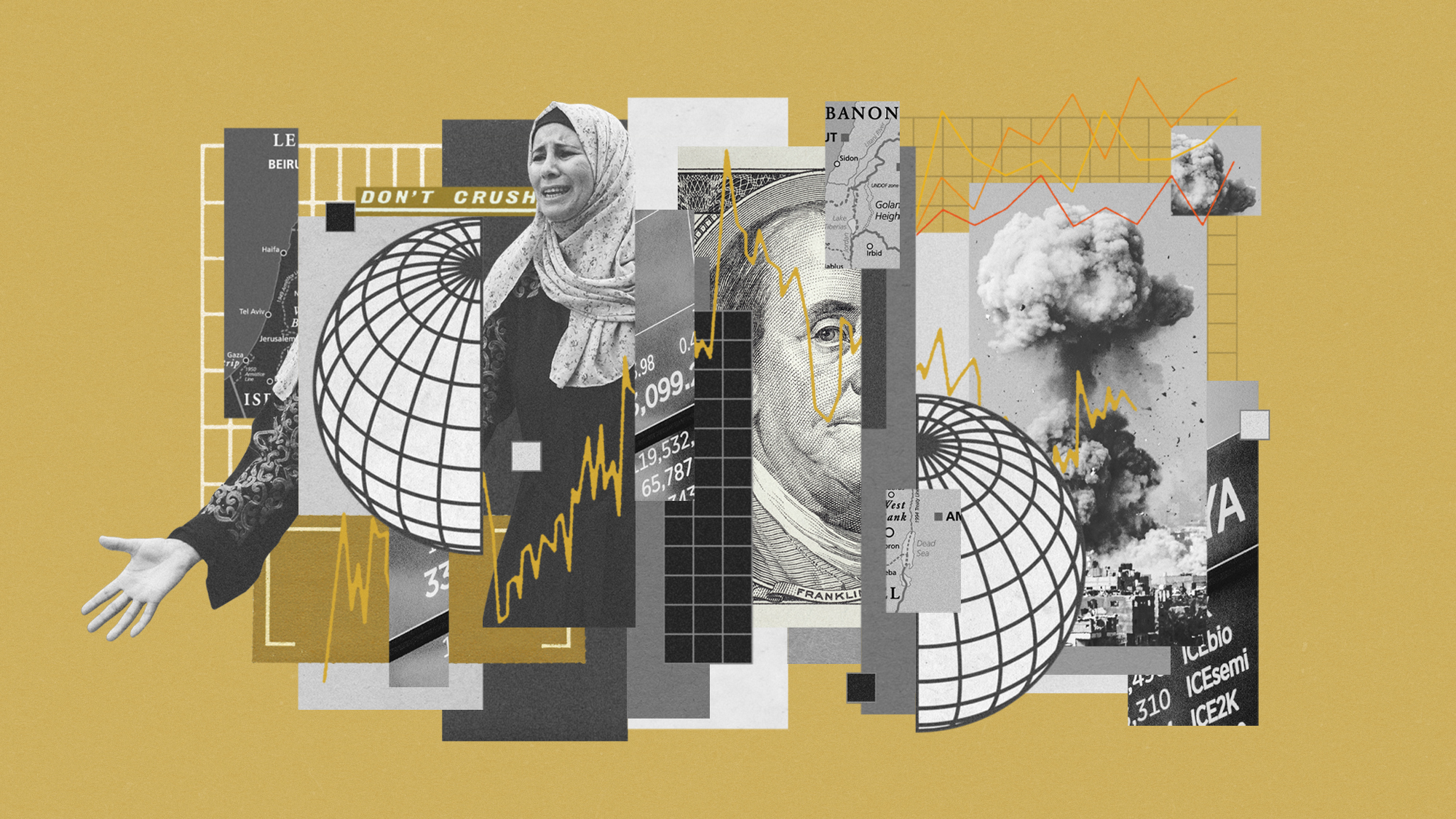 How might the Israel-Hamas war affect the global economy?
How might the Israel-Hamas war affect the global economy?Today's Big Question Regional escalation could send oil prices and inflation sky-high, sparking a worldwide recession
-
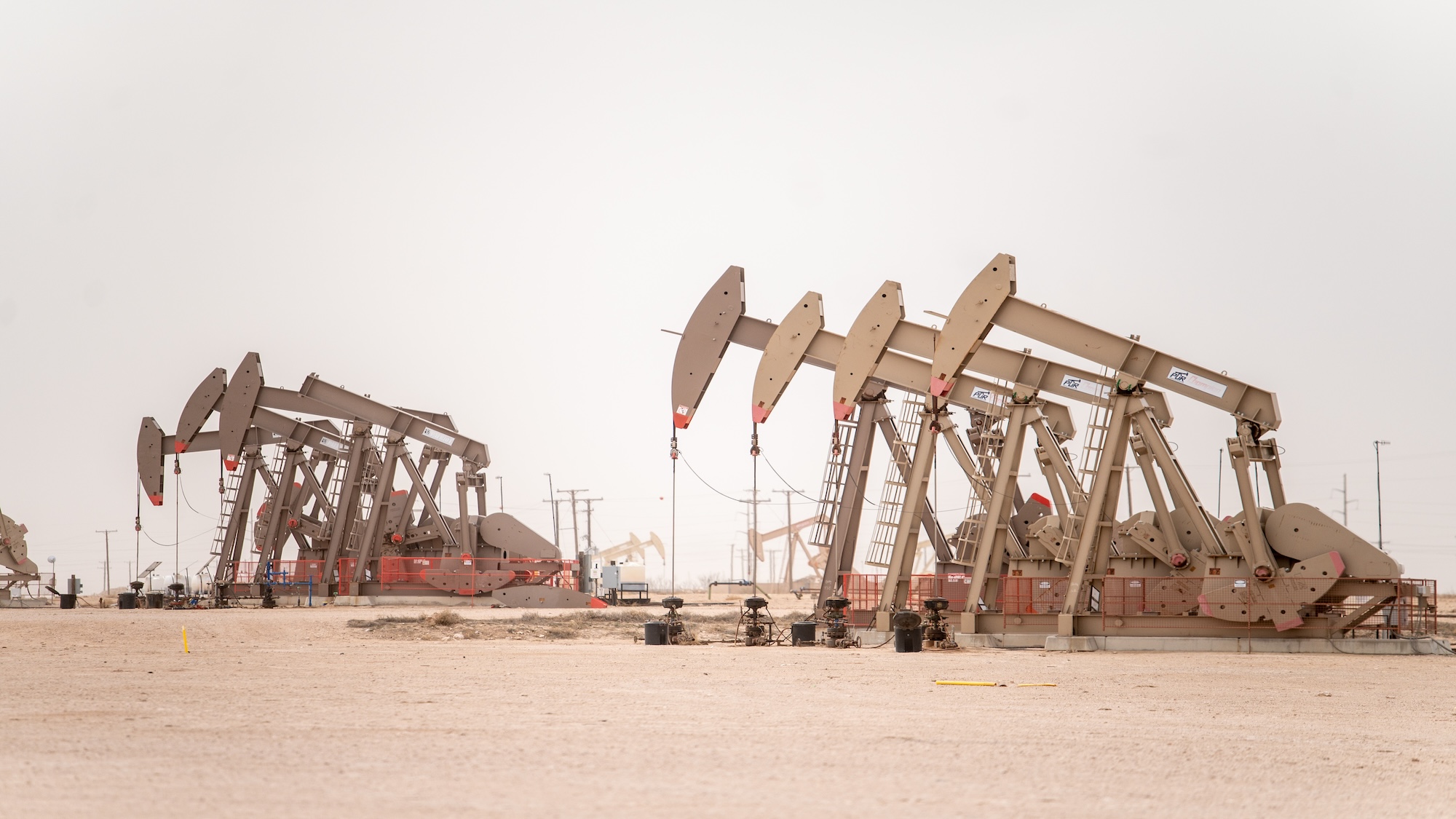 Recent mega-mergers could signal a turning point for the US oil industry
Recent mega-mergers could signal a turning point for the US oil industryTalking Point Both Chevron and Exxon have recently spent billions to acquire smaller oil companies
-
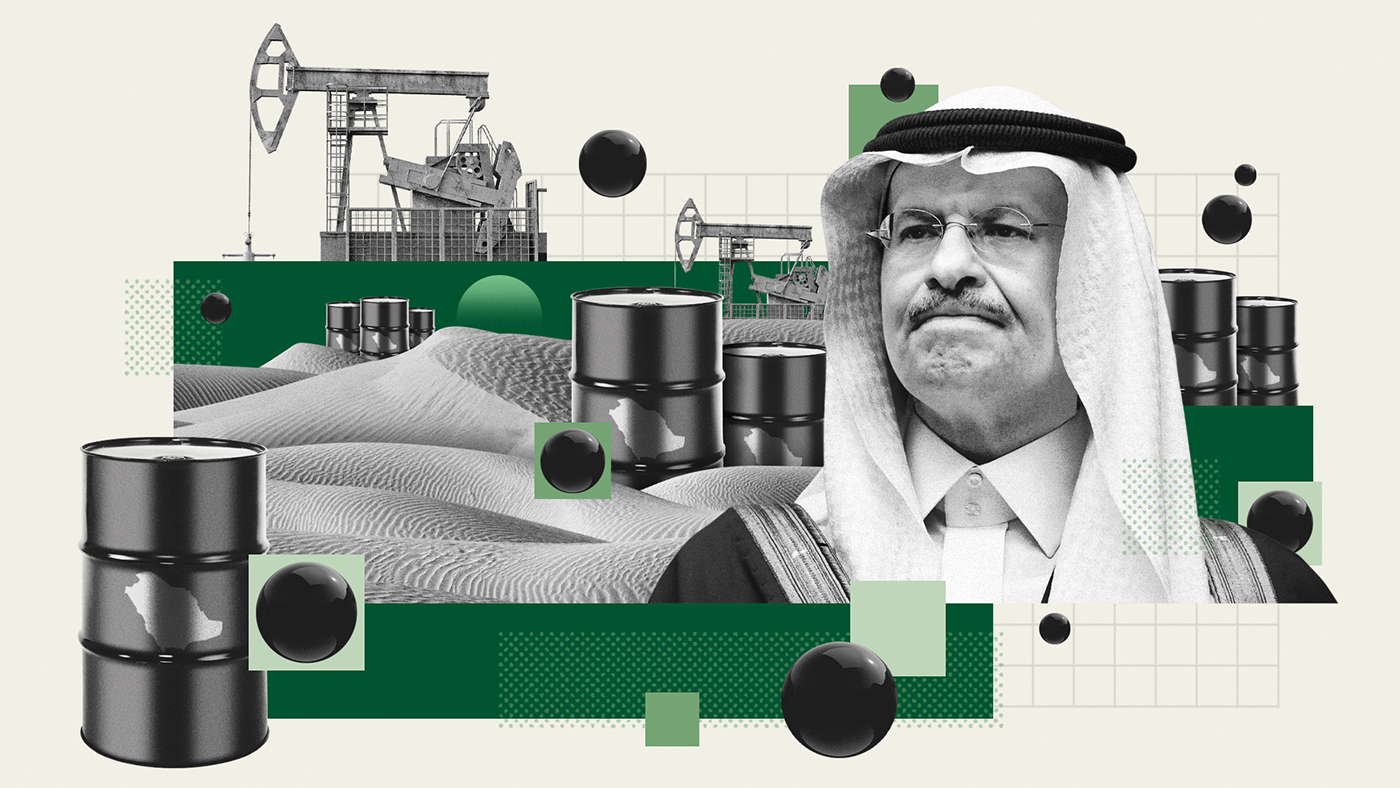 Has Saudi Arabia lost control of oil prices?
Has Saudi Arabia lost control of oil prices?Today's Big Question Kingdom goes it alone to cut production, risking tension with US and reigniting cooling inflation in Europe
-
 US angered by Opec+ oil cut
US angered by Opec+ oil cutSpeed Read Energy prices to rise further as producers slash supply by two million barrels a day
-
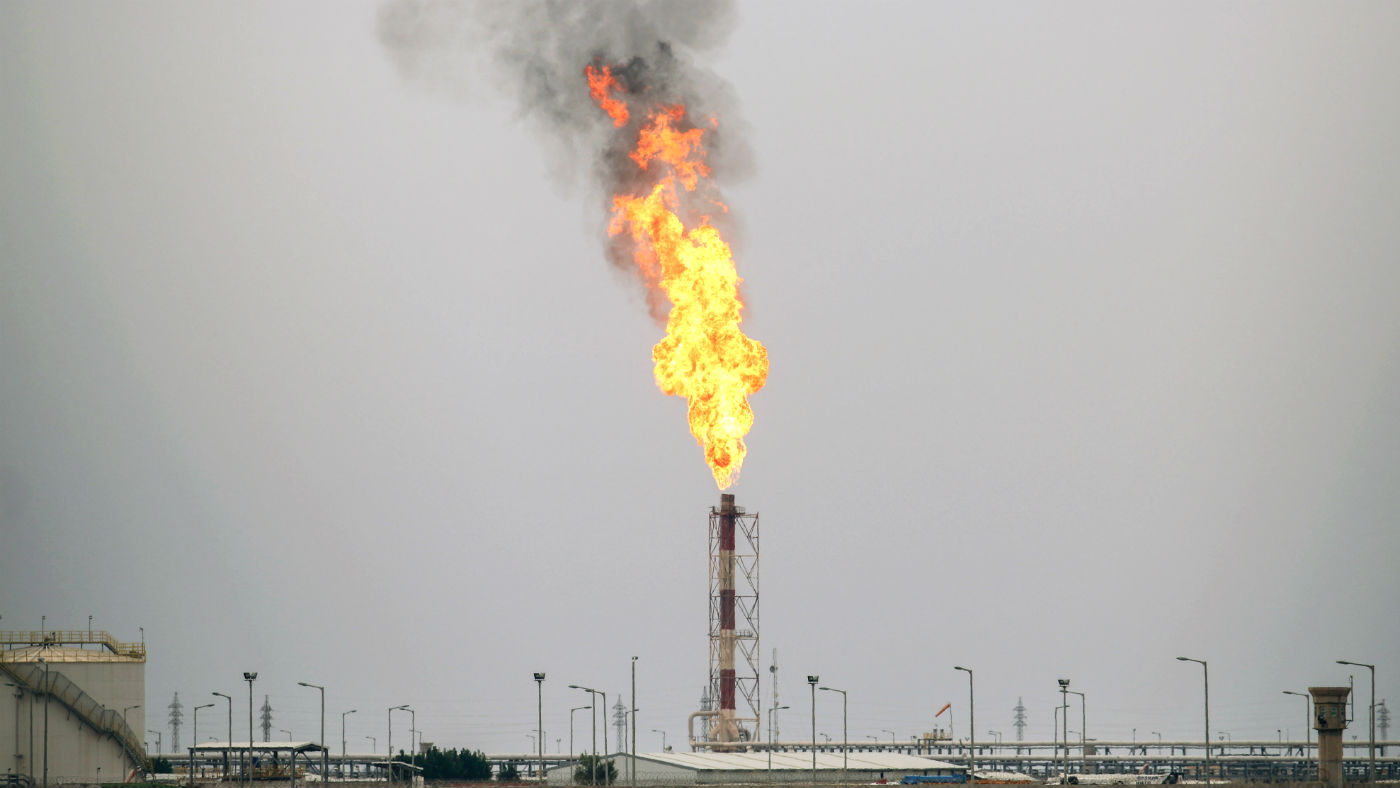 Global oil demand forecast lowered for 2020 and 2021
Global oil demand forecast lowered for 2020 and 2021Speed Read IEA report says jet fuel demand remains the major source of weakness
-
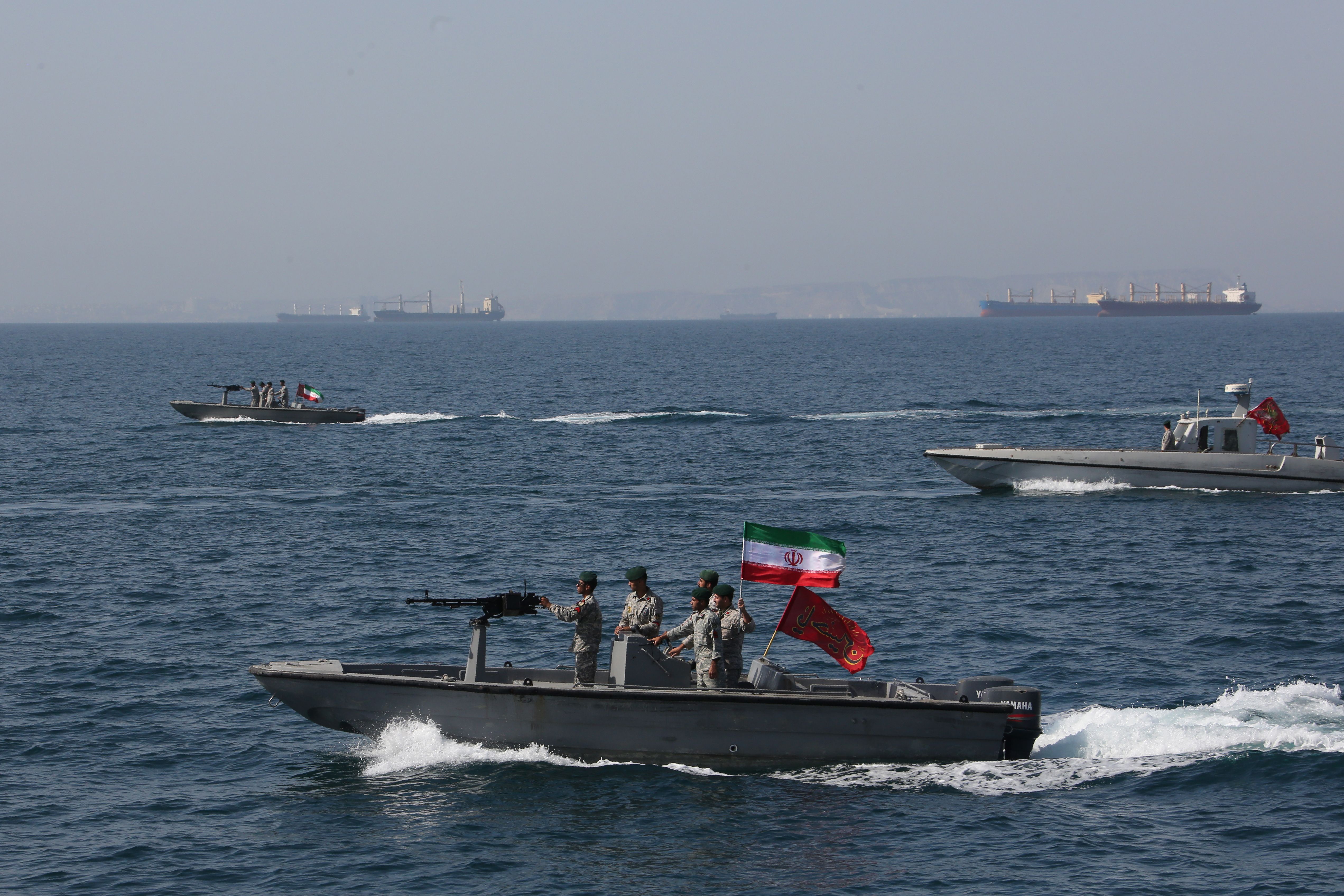 Are US-Iran tensions flaring again?
Are US-Iran tensions flaring again?In Depth Trump threatens military action over Twitter
-
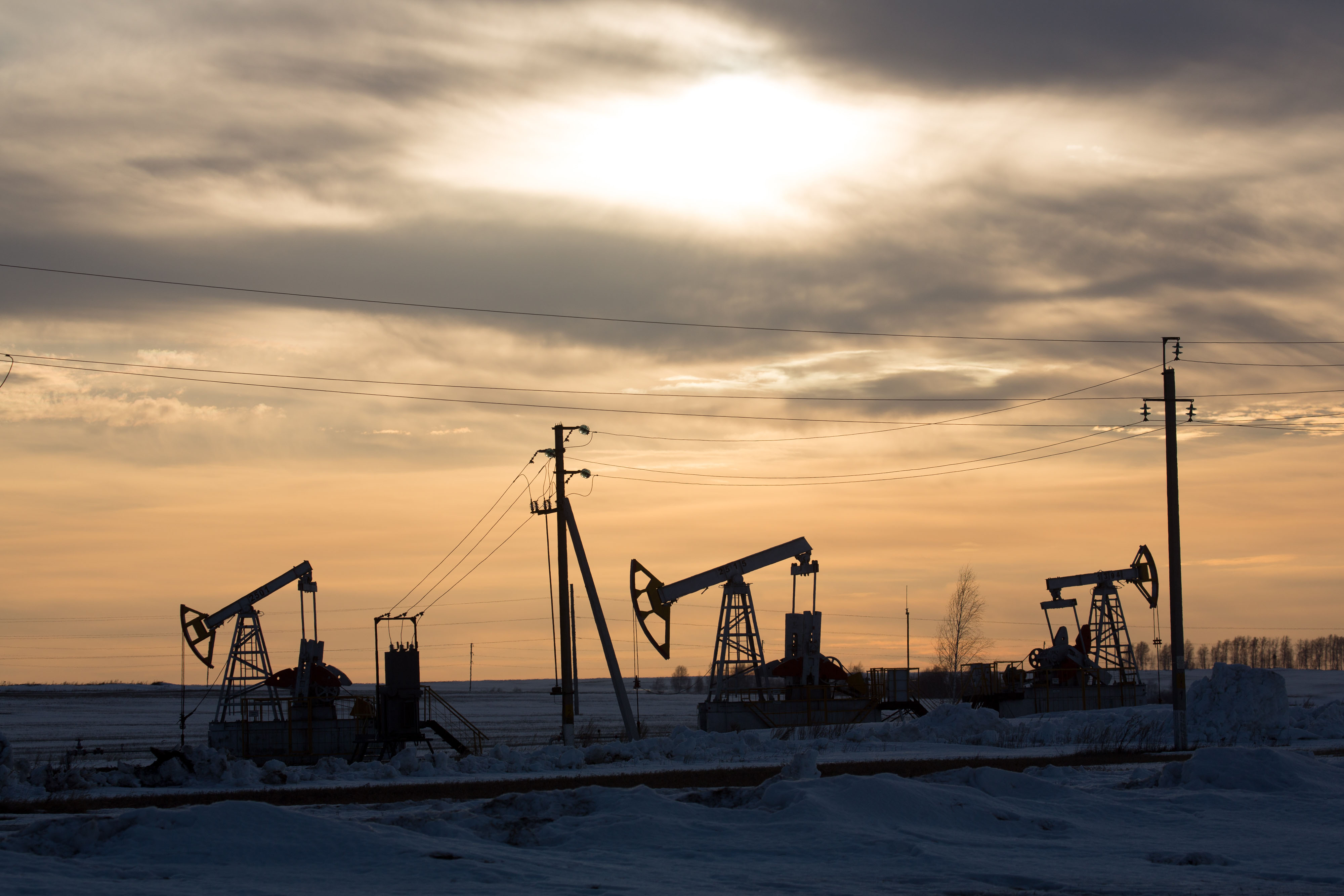 Can a deal be struck to raise oil prices?
Can a deal be struck to raise oil prices?In Depth Opec+ will convene today over video link in a bid to boost crude
-
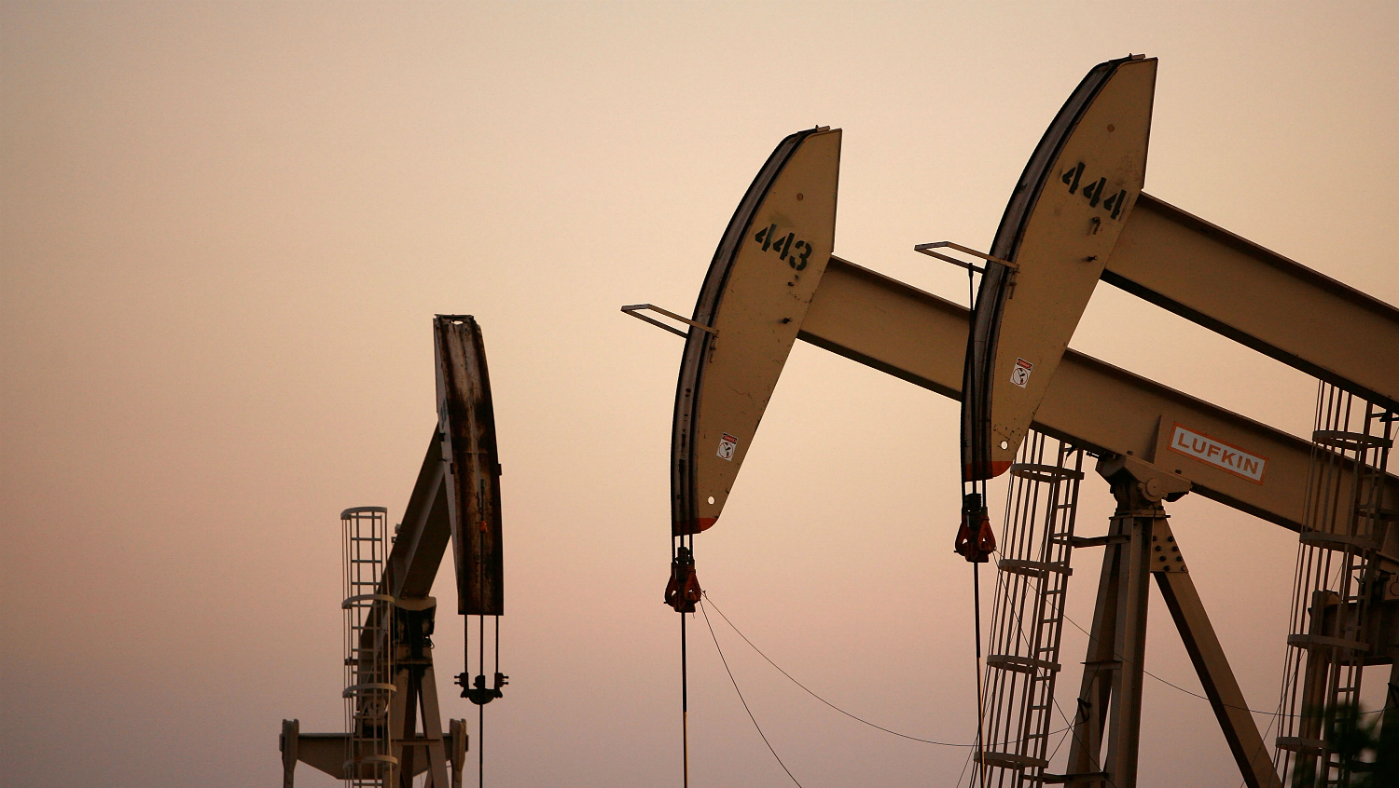 What do negative oil prices mean?
What do negative oil prices mean?In Depth Perfect storm of oversupply and storage shortages sees producers paying to get rid of US crude